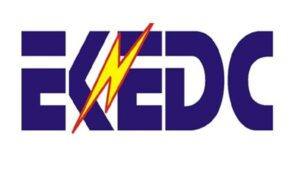Crude oil future indicates gain amid supply deficit
Crude oil futures inched higher on Friday as bearish pressures from US inventory builds and the resumption of Iranian nuclear talks ran up against the ongoing narrative of a severe oil market deficit.
December Brent futures contract was up 21 cents/b 0.25 per cent from the previous close at $84.53/b, while the December light sweet crude contract rose 6 cents/b 0.07 per cent at $82.87/b.
Crude prices have endured wild intra-day swings of close to 3 per cent this week amid a slew of bullish and bearish reports, but were otherwise on track to end the week slightly lower by about 1 per cent.
Analysts said that while sentiment was under pressure from large inventory builds in the US and the potential return of Iranian oil as Iran and Western powers return to the negotiating table, the ongoing narrative of a tight supply market has not gone away.
“The oil market deficit that is in place will not change anytime soon despite the recent bearish headlines of rising COVID cases across eastern Europe and Asia, potentially additional output from Iran, and expectations it won’t be a particularly bad winter for the North,” said OANDA senior market analyst Edward Moya.
Also putting a floor under prices were reports of outages in Libya and Nigeria.
In Libya, production of the country’s Es Sider crude has plunged 72 per cent and will continue to decline for 10 days due to a pipeline leakage. Waha Oil is currently producing 77,000 b/d of Es Sider crude, down from 285,000 b/d production capacity, state-owned National Oil Corp. said in an October 27 statement.
In Nigeria, Shell declared force majeure on Bonny Light crude loadings October 25 due to the shutdown of the Nembe Creek Trunk line, a key pipeline for the grade, a spokesperson said October 27. Bonny Light is one of Nigeria’s main export grades, but the 150,000 b/d Nembe Creek Trunk Line a pipeline feeding the grade’s export terminal, operated by Aiteo Exploration and Production Limited has come under repeated attack from militants. Loading volumes are typically around the 250,000 b/d mark, in the absence of disruption.
Meanwhile, OPEC and its allies appear set to reaffirm plans to increase crude production by 400,000 b/d in December after an advisory committee saw no major changes in the market’s supply/demand outlook, despite calls from major consumers to further boost output to tame three-year high oil prices.
The OPEC+ Joint Technical Committee met on Oct. 28 in preparation for the November 4 meeting of the coalition’s ministers to review the course of action for December, where output is expected to increase by 400,000 b/d, according to a July agreement.
Nonetheless, analysts at ANZ Research noted that demand erosion from the threat of COVID-19 remained ever-present.
“There are still risks to demand. A surge in new cases of COVID-19 threatens to slow the recovery in oil demand,” they said.




